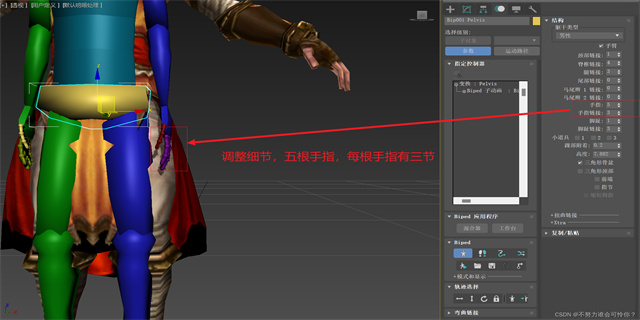Online Translation Annotated Bibliography
Introduction
Translation plays a pivotal role in facilitating communication and fostering global understanding. With the advent of the internet, online translation tools have gained immense popularity due to their convenience and accessibility. In this annotated bibliography, we will explore three online translation tools, highlighting their features, strengths, and weaknesses.

Google Translate
Features:

Google Translate is one of the most widely used online translation tools. It supports translation between a vast number of languages, including both popular and obscure ones. Google Translate provides translations for text, documents, websites, and even images. It offers a variety of input methods, such as typing, speaking, or handwriting. Additionally, Google Translate allows users to save and organize their frequently translated phrases or sentences.
Strengths:
One of the key strengths of Google Translate is its extensive language support. Users can effortlessly translate texts or documents in different languages, enabling effective cross-cultural communication. Additionally, Google Translate's large user base contributes to the accuracy and quality of translations, as it relies on machine learning algorithms that continually improve based on user feedback. Moreover, Google Translate's integration with other Google services, such as Chrome extension or smartphone applications, enhances user experience and accessibility.
Weaknesses:
Despite its many strengths, Google Translate still has some limitations. It may occasionally provide inaccurate translations, especially when dealing with complex sentence structures or idiomatic expressions. Moreover, the translation quality can vary significantly depending on the source and target language pair. Additionally, Google Translate cannot fully capture cultural nuances or contextual factors that may significantly impact the meaning of a text. Therefore, it is advisable to use Google Translate as a starting point and then manually refine the translations.
Microsoft Translator
Features:
Microsoft Translator is another popular online translation tool that offers a range of language translation features. Similar to Google Translate, it allows users to translate text, documents, websites, and images. It offers various input methods and supports a wide range of languages. Microsoft Translator also provides a translation API, enabling developers to integrate translation capabilities into their own applications or services.
Strengths:
One of the notable strengths of Microsoft Translator is its focus on accuracy. Its translation engine utilizes sophisticated artificial intelligence and machine learning technologies to provide high-quality translations. Microsoft Translator also provides useful features like bilingual dictionaries and parallel text alignment, which can be helpful for language learners or translators. Furthermore, Microsoft Translator offers offline translation capabilities, making it convenient for travelers or users in areas with limited internet connectivity.
Weaknesses:
Despite its many strengths, Microsoft Translator still has certain weaknesses. Its language support, although extensive, may not be as comprehensive as Google Translate. Some lesser-known languages may have limited translation capabilities. Additionally, occasional translation errors may occur, especially when dealing with complex or specialized terminology. Moreover, the user interface of Microsoft Translator may appear less intuitive or user-friendly compared to other online translation tools.
DeepL Translator
Features:
DeepL Translator is a relatively new entrant in the online translation market. It offers translation services for several popular languages, including English, German, French, Spanish, Italian, Dutch, and Polish. DeepL Translator provides excellent translations for general text and incorporates neural network technology to enhance its translation quality. It also offers a user-friendly interface and supports both typing and copying/pasting of text for translation.
Strengths:
DeepL Translator's standout feature is its exceptional translation quality. It is often praised for providing more accurate and nuanced translations compared to other online translation tools. DeepL Translator's use of neural network technology allows it to understand the context and meaning of words or phrases, resulting in more contextually appropriate translations. It also provides suggestions for alternative translations, enabling users to choose the most suitable option.
Weaknesses:
While DeepL Translator has gained popularity due to its superior translation quality, it still has some limitations. Firstly, its language support is somewhat limited compared to Google Translate or Microsoft Translator. Additionally, DeepL Translator may lack some advanced features found in other translation tools, such as document translation or website translation. Moreover, certain language pairs may have varied translation quality, with some pairs receiving more attention and improvements compared to others.
Conclusion
In conclusion, online translation tools have become invaluable resources for individuals, businesses, and institutions alike. Google Translate, Microsoft Translator, and DeepL Translator are just a few examples of the many options available. Each tool has its own unique features, strengths, and weaknesses. Therefore, it is essential to select a translation tool that aligns with the specific needs and requirements of the user. Ultimately, combining the functionalities of these tools with human editing and feedback can yield the best possible translations.



















